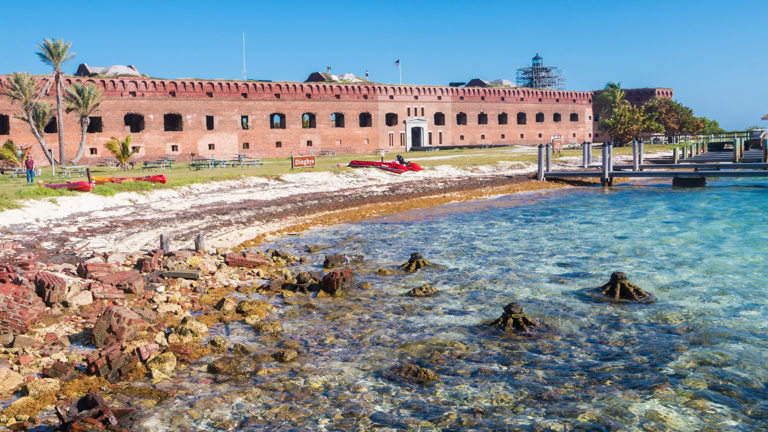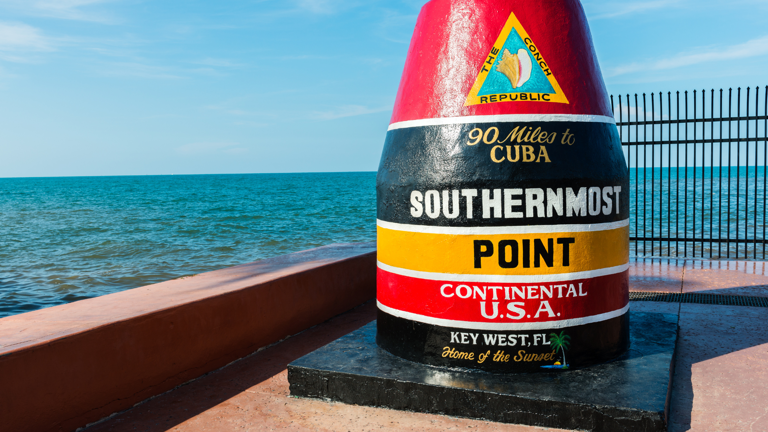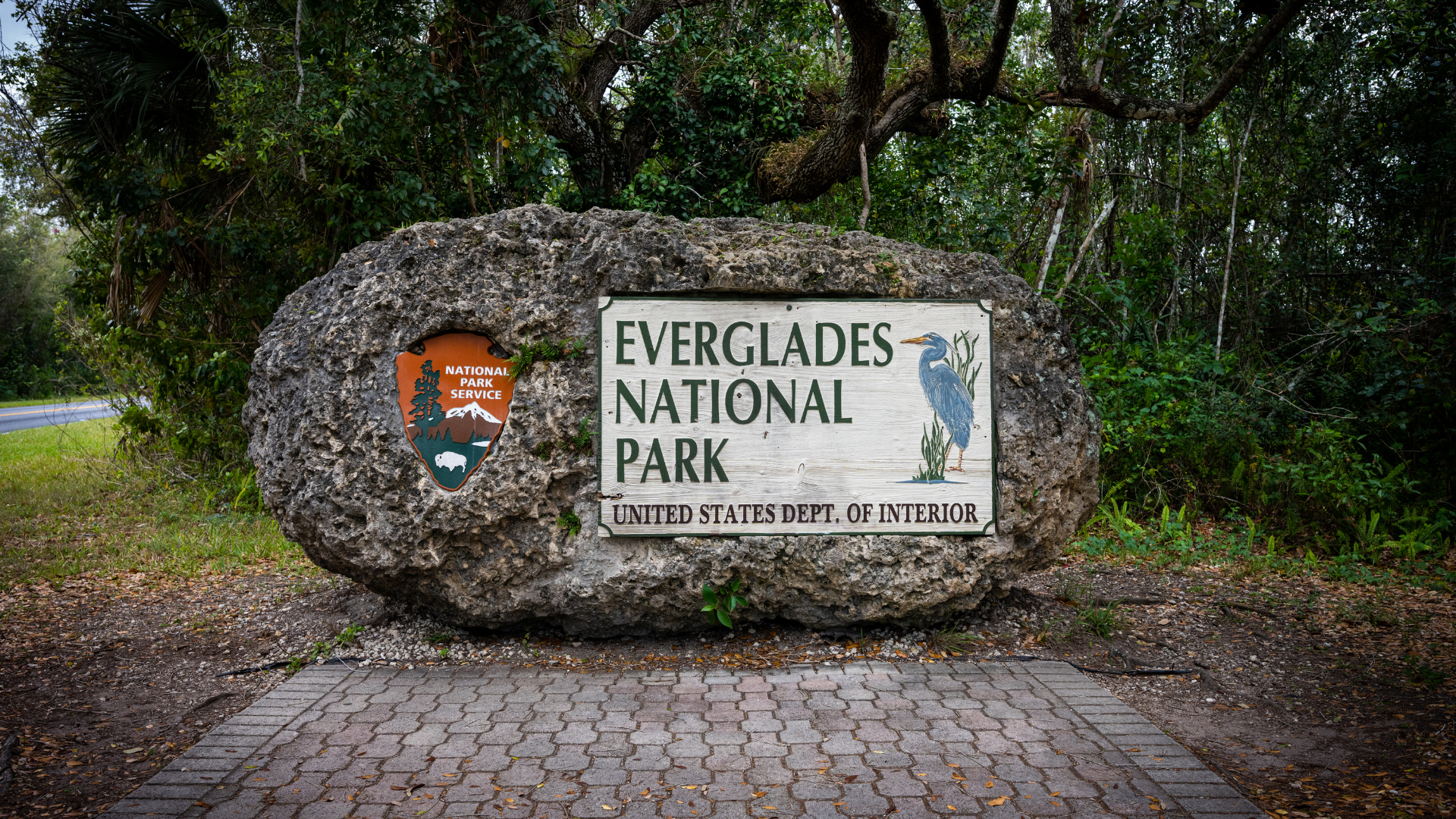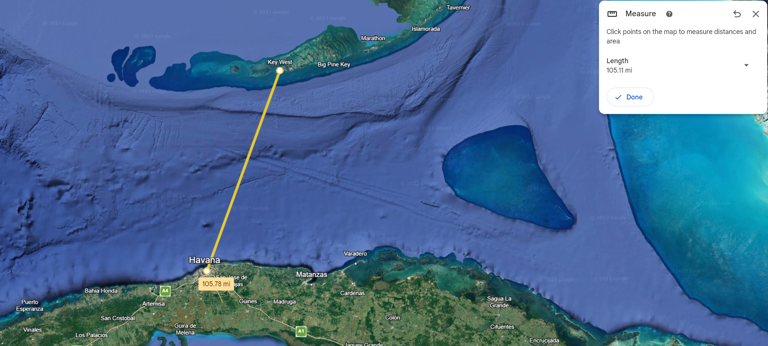Discovered by Juan Ponce de León in 1513, the archipelago earned its name due to the abundance of sea turtles found there. These islands, devoid of fresh surface water, hold the distinction of being the second oldest European placename in the United States. The Dry Tortugas are a collection of 7 small coral islands in the Gulf of Mexico, located roughly 70 miles west of Key West Florida.
Maritime History and the Tale of HMS Tyger
The Dry Tortugas are a treasure trove of maritime history, boasting a high concentration of shipwrecks dating from the 17th century to the present. One notable wreck is that of HMS Tyger in 1742, where the stranded crew lived on Garden Key for 56 days and even engaged in a battle with a Spanish sloop before eventually sailing to Jamaica.
Strategic Importance and Lighthouse Construction
Recognizing the strategic importance of the islands, the United States acquired Florida from Spain in 1819 and began construction of a lighthouse on Garden Key in 1825. Later, a more powerful lighthouse was built on Loggerhead Key in 1856. The Dry Tortugas also attracted the attention of renowned naturalists and explorers, such as John James Audubon in 1832 and Louis Agassiz in 1858. In more recent times, the area has become a site of significant archaeological discoveries. In 1989, a shipwreck believed to be part of the 1622 Spanish treasure fleet was explored, yielding a vast array of cultural artifacts.
Mel Fisher’s Historic Discovery and Archaeological Riches
The most famous discovery in the area was made by Mel Fisher and his company, who located the wreck of the Nuestra Señora de Atocha in 1985. The estimated $450 million cache recovered from the wreck, known as “The Atocha Motherlode,” included gold and silver coins, emeralds, and other precious artifacts. Additionally, remains of other nearby shipwrecks, such as the Santa Margarita and the Henrietta Marie, were also found.
A Monument of Bricks and History
Fort Jefferson, a colossal yet unfinished coastal fortress, stands as the largest masonry structure in the Western Hemisphere, boasting an astounding construction of over 16 million bricks. Its planning commenced shortly after American acquisition, with construction commencing in 1847. By 1860, the fort was half complete and remained under Union control throughout the Civil War.
From Prison to Research Hub
Subsequently, it served as a prison until its abandonment in 1874. Notable prisoners held within its walls included Dr. Samuel Mudd, renowned for treating John Wilkes Booth after the assassination of President Lincoln, and Englishman George St. Leger Grenfell, a leader of the “Chicago Conspiracy.” The fort’s history also included a naval base, coaling and wireless stations, and a seaplane base during World War I. Additionally, from 1903 to 1939, the Carnegie Institution of Washington operated the Marine Biology Laboratory on Loggerhead Key, which became a prestigious hub for tropical marine research.
Visiting Dry Tortugas National Park offers a range of activities that cater to different interests:
- Snorkeling and Scuba Diving: The waters surrounding the Dry Tortugas are home to vibrant coral reefs and a diverse array of marine life. Snorkeling and scuba diving are popular activities, allowing visitors to explore the underwater beauty of the park. The coral reefs and shipwrecks offer an unparalleled experience for divers.
- Historic Tours: Guided tours of Fort Jefferson provide visitors with a deep dive into the history of the fort and the islands. Rangers offer insightful information about the construction, the prisoners, and the significance of the fort during its operational period.
- Bird Watching: The Dry Tortugas are a haven for bird watchers. The islands are a crucial stopover for migratory birds traveling between North and South America. Species such as the sooty tern and brown noddy nest here, making it an ideal spot for ornithologists and bird enthusiasts.
- Camping: For those looking to extend their stay, camping on Garden Key offers a unique opportunity to experience the beauty and solitude of the islands after the day-trippers have left. The park provides basic amenities, but campers need to bring all necessary supplies, as there are no services on the island.
- Kayaking and Paddleboarding: The calm, clear waters around the islands are perfect for kayaking and paddleboarding. Exploring the islands by water offers a unique perspective and the chance to see marine life up close.
- Fishing: Fishing is allowed in designated areas of the park. The rich waters of the Dry Tortugas are home to various species, making it a popular spot for anglers.




















